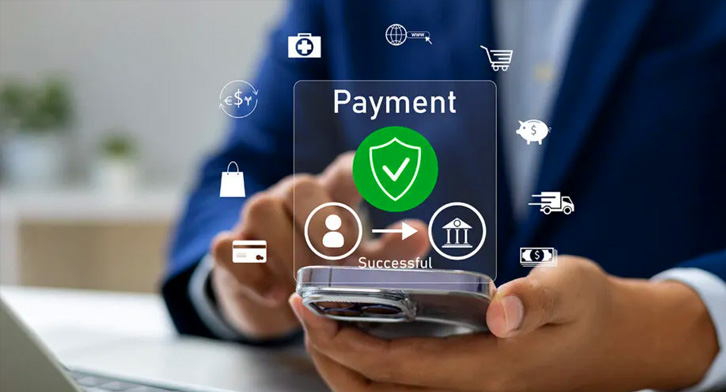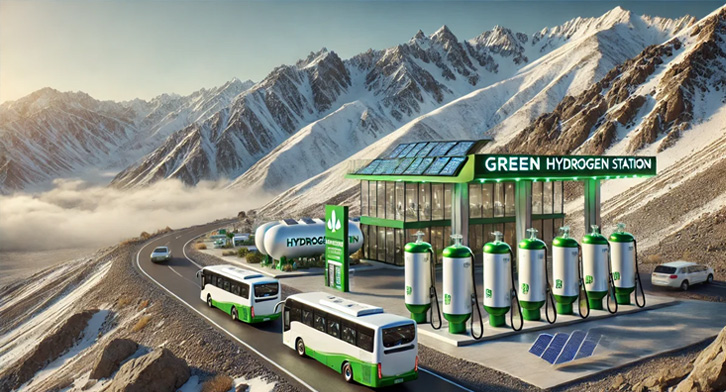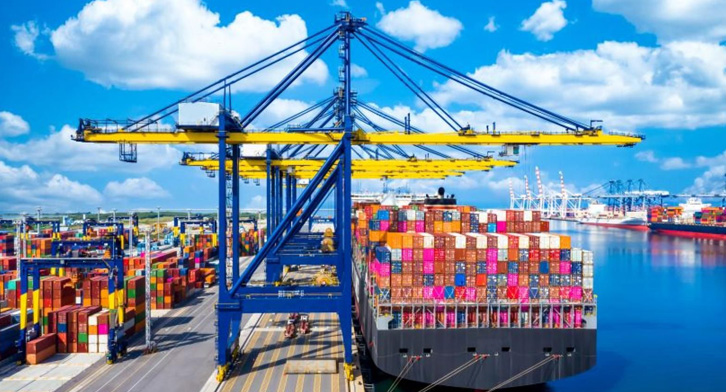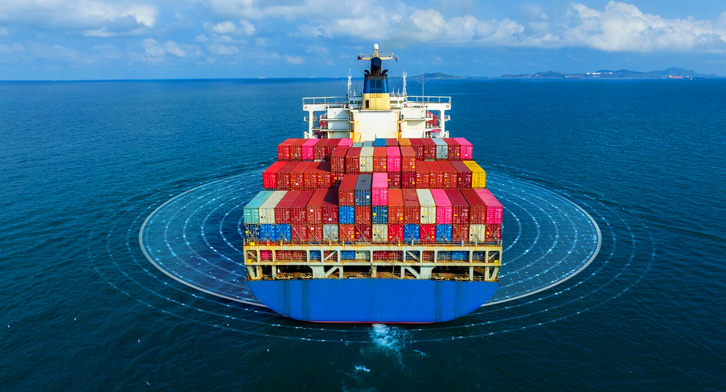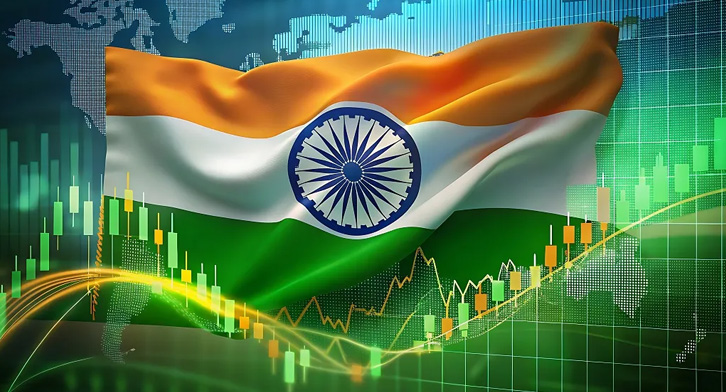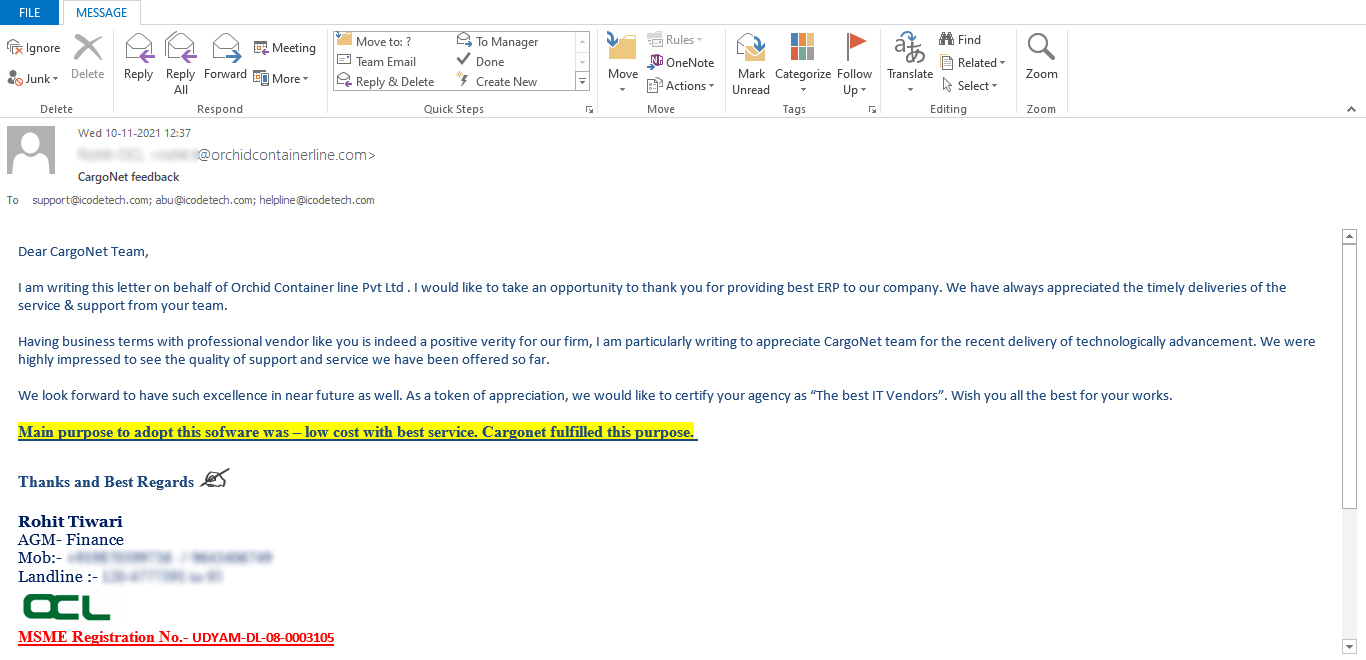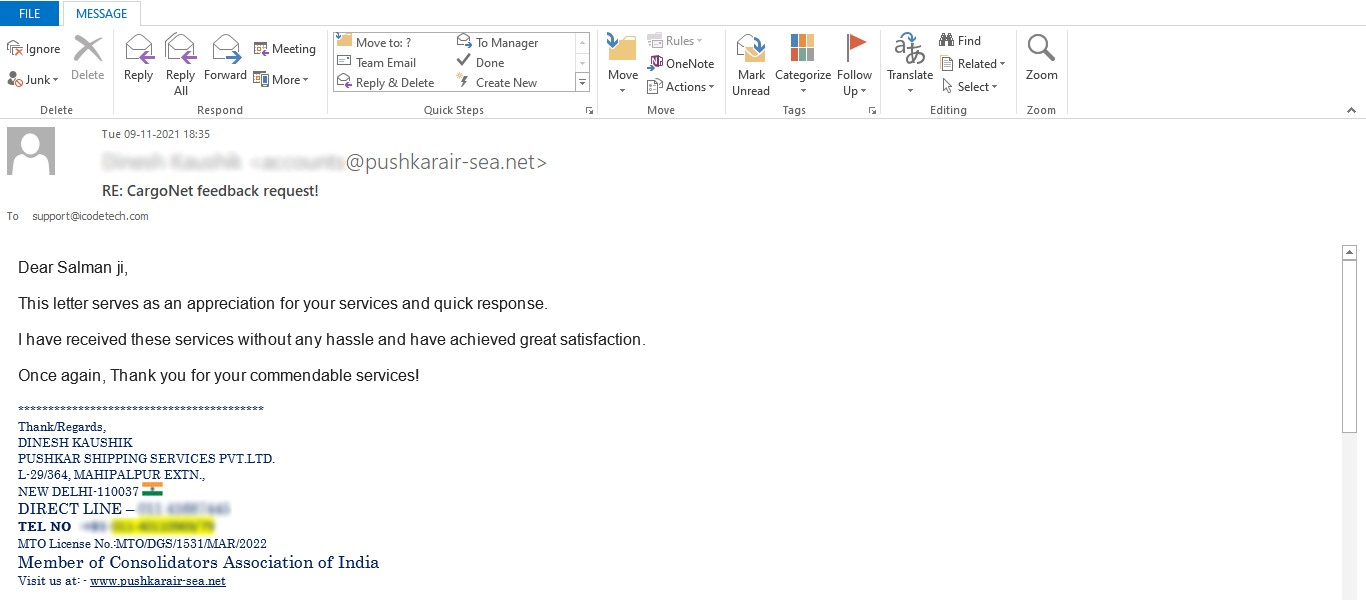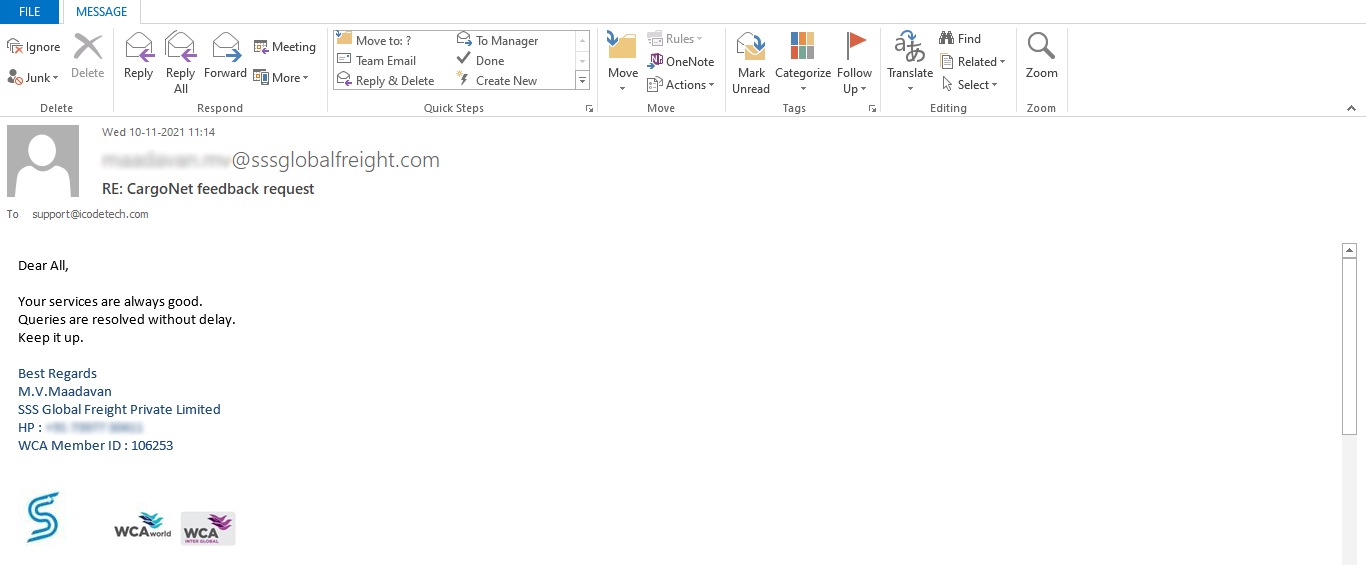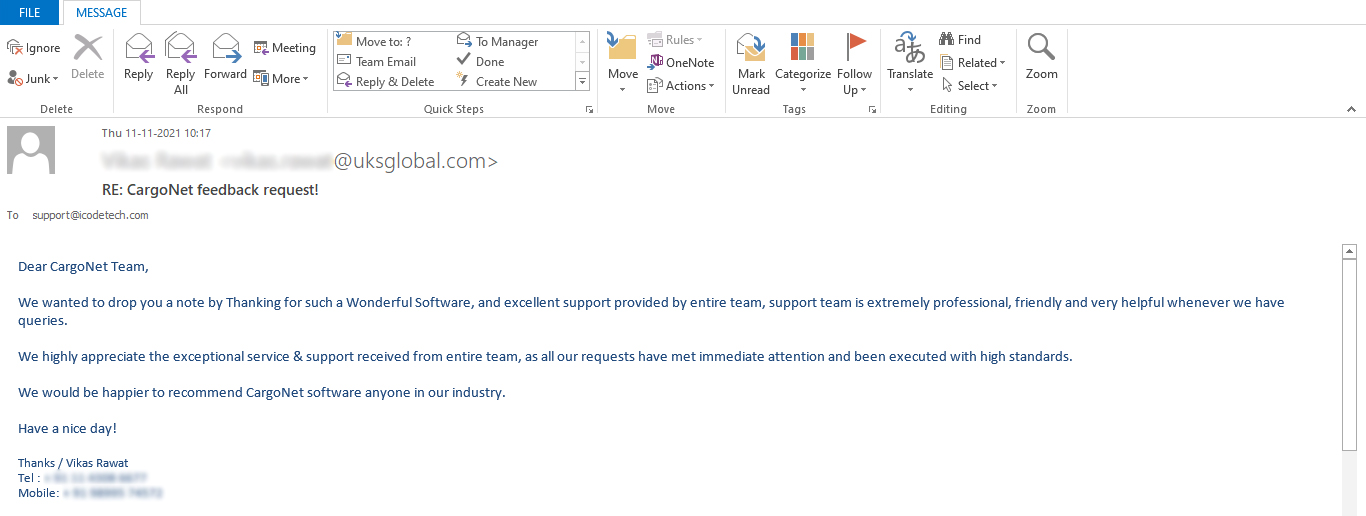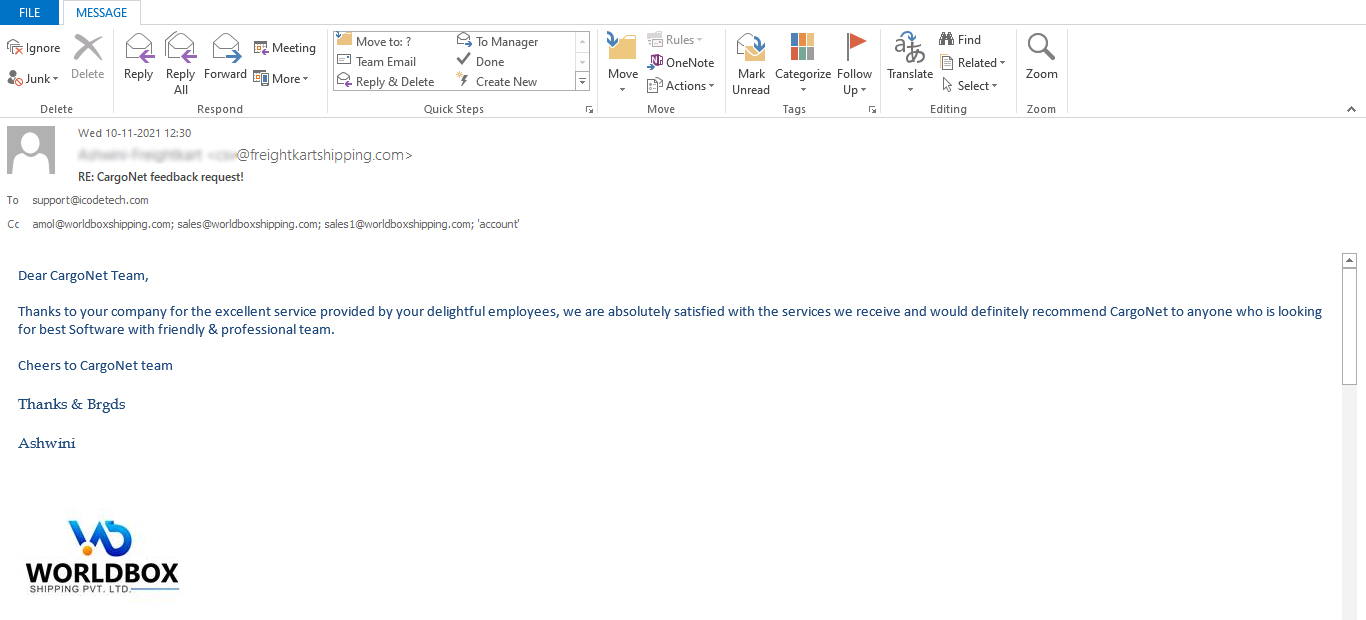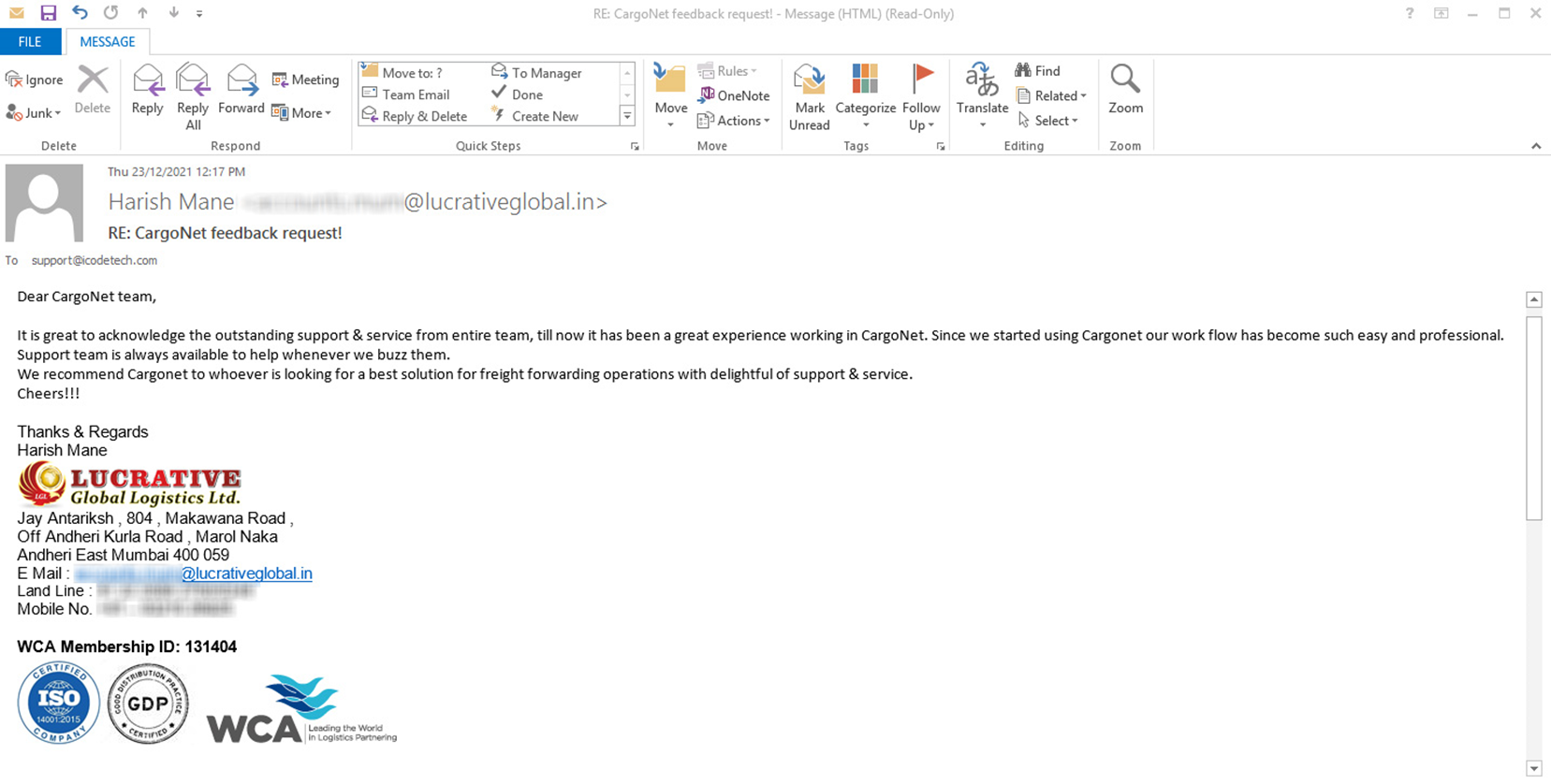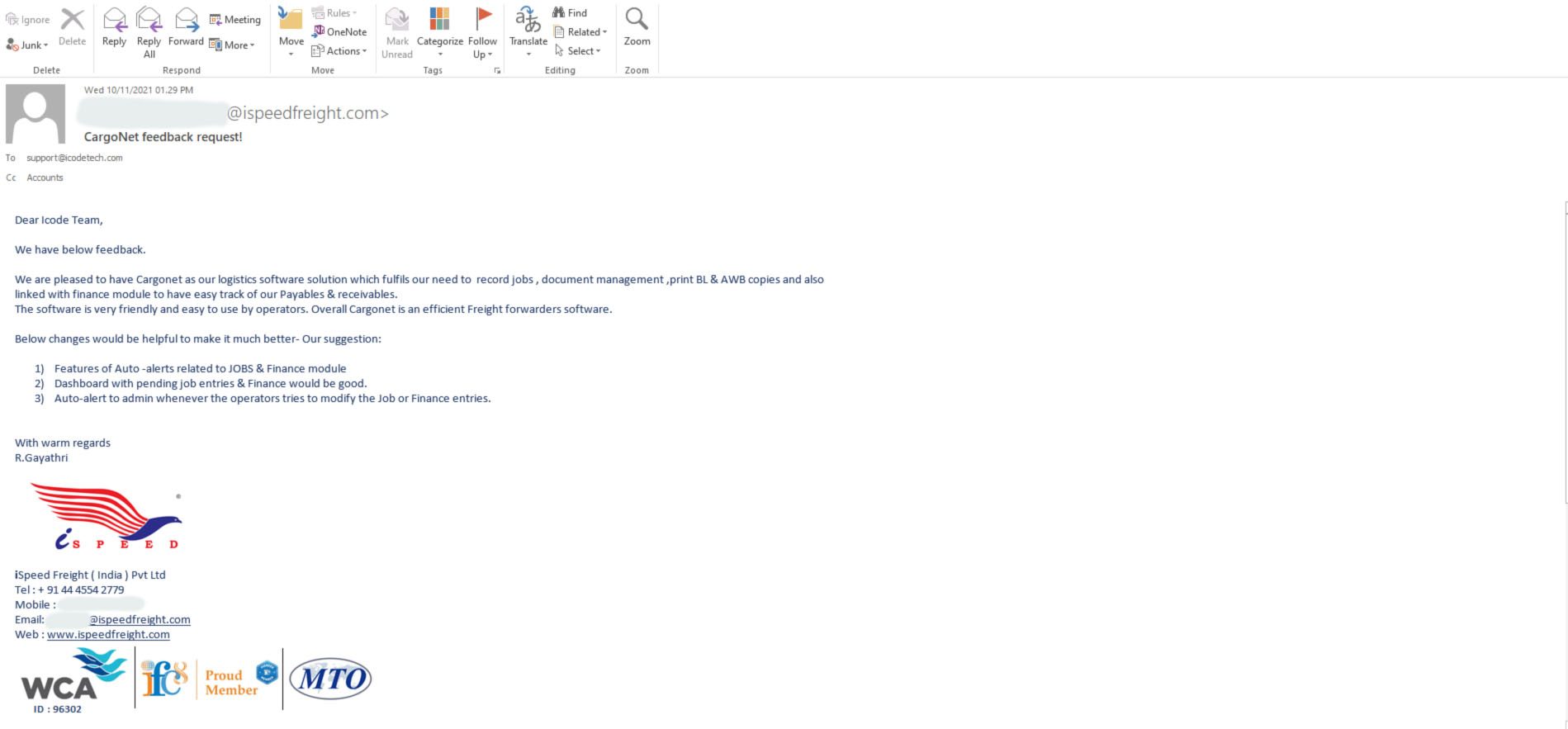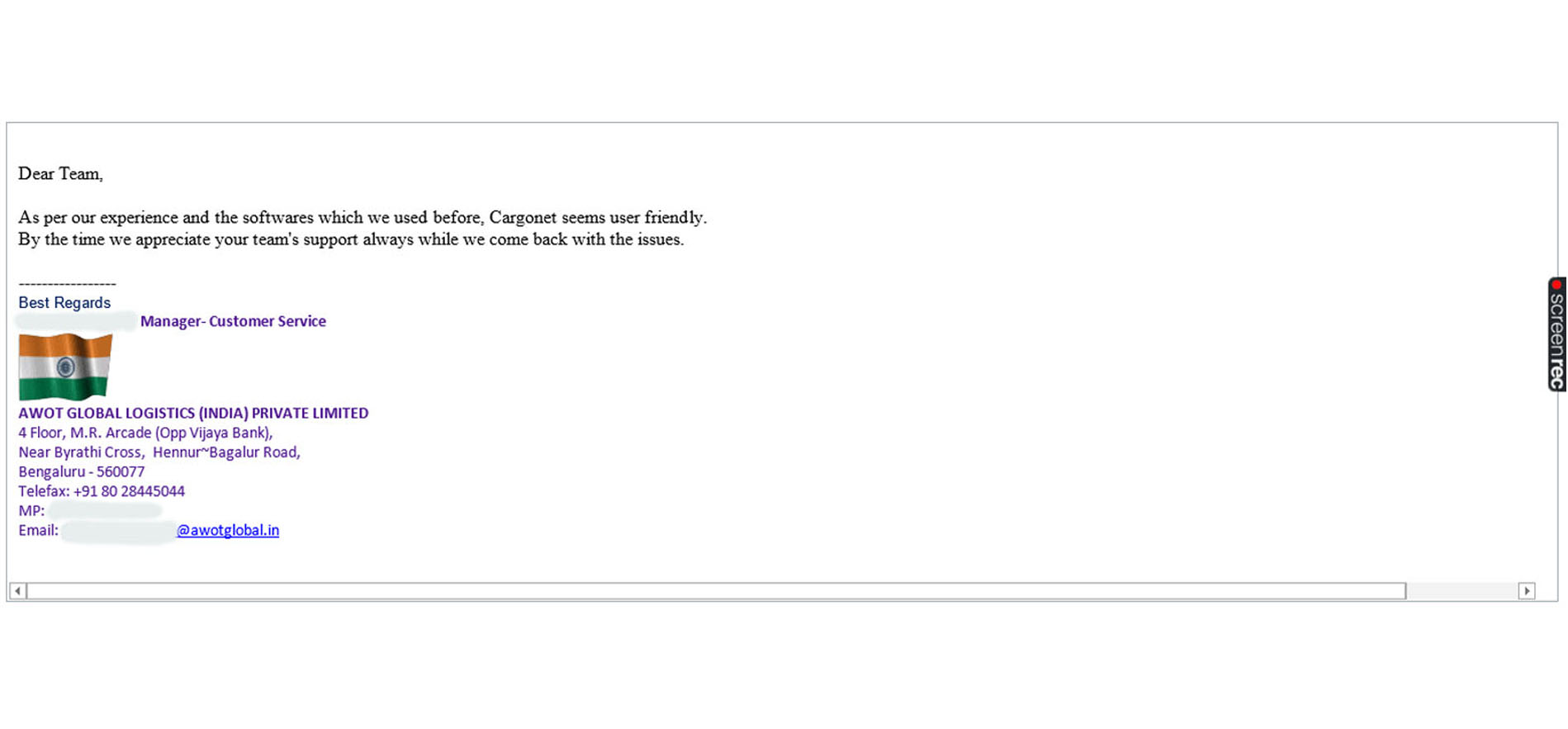India’s digital payment revolution is rewriting the rules of financial inclusion. In a remarkable six-year journey, the country clocked over 65,000 crore (650 billion) digital transactions, with a staggering total value of ₹12,000 lakh crore (US$ 138.26 trillion).
Union Minister of State for Finance, Mr. Pankaj Chaudhary, credited this boom to collaborative efforts between the Government, RBI, NPCI, fintechs, banks, and state governments, particularly in expanding digital penetration across tier-2 and tier-3 cities.
Key Highlights:
- 650 Billion Transactions processed digitally over six years
- ₹12,000 Lakh Crore (US$ 138.26 trillion) in total transaction value
- 47.7 Million digital acceptance points deployed under RBI's PIDF across underbanked regions
- Special focus on North-East and Jammu & Kashmir for infrastructure deployment
- Digital Credit Assessment Model for MSMEs launched in March 2025
- 98,995 loans sanctioned using digital data such as PAN, GST, bank statements & tax returns
- India’s Forex Reserves stand strong at ₹60.48 lakh crore (US$ 696.7 billion), covering 11 months of imports
- Proposal by Indian Banks' Association to declare all Saturdays as bank holidays
- 96% staffing levels in Public Sector Banks (PSBs) as of March 2025
What This Means for Logistics & MSMEs:
The growing digital payments ecosystem and MSME-focused credit reforms are unlocking faster financing and streamlined cash flow for logistics operators. The new digital credit model promises easier access to capital, enabling fleet expansion, working capital management, and technology adoption, especially for small transporters and freight forwarders in non-metro areas.


